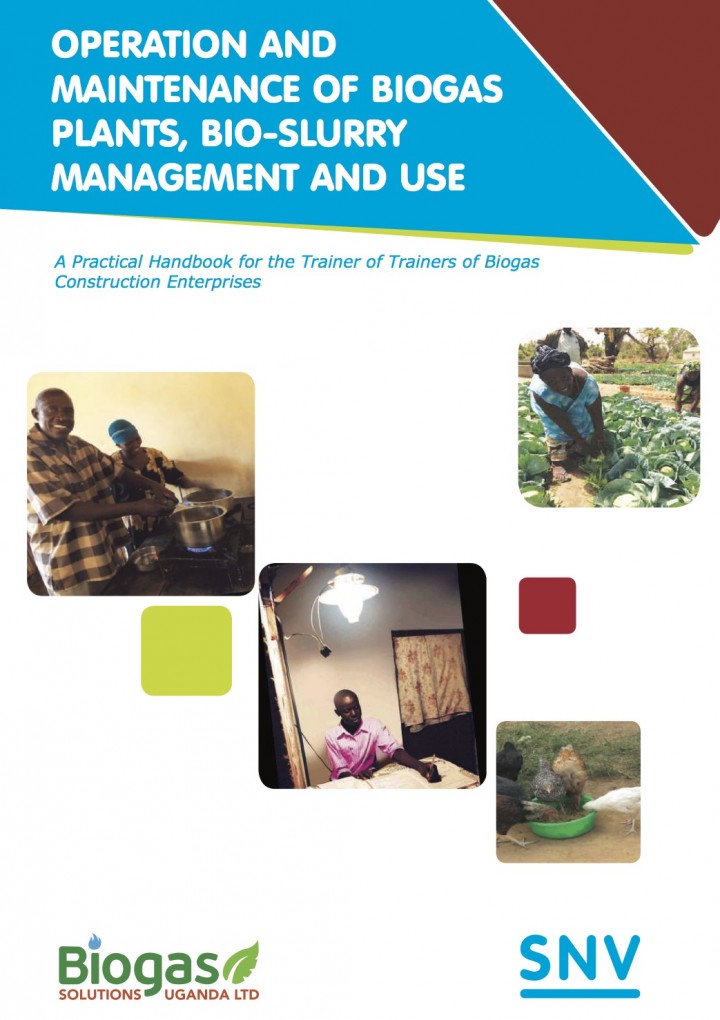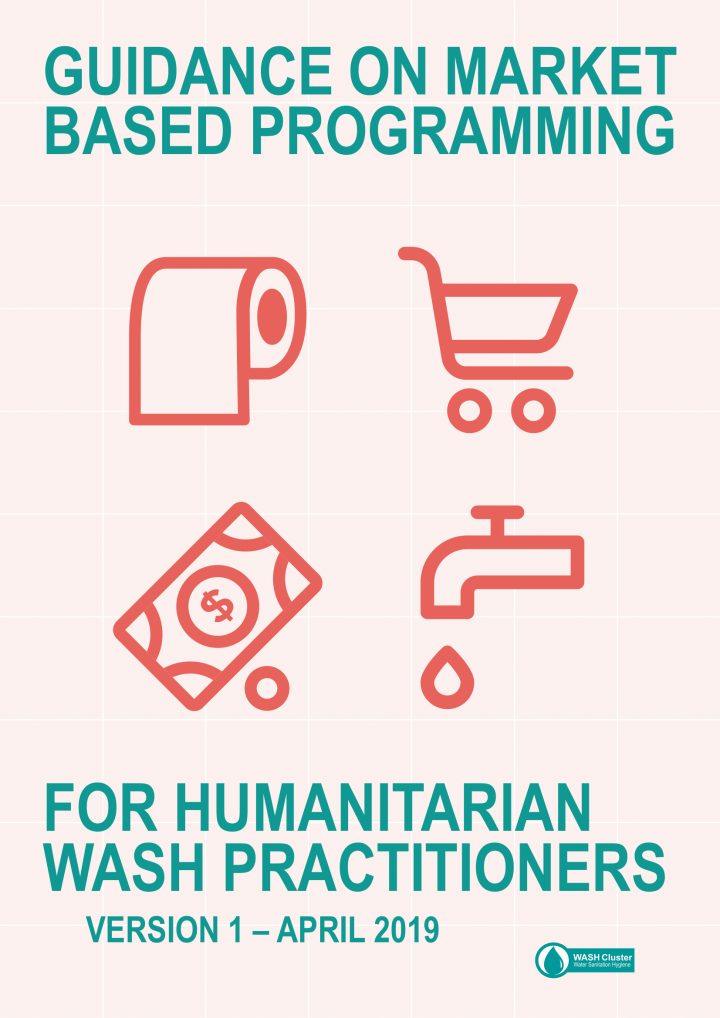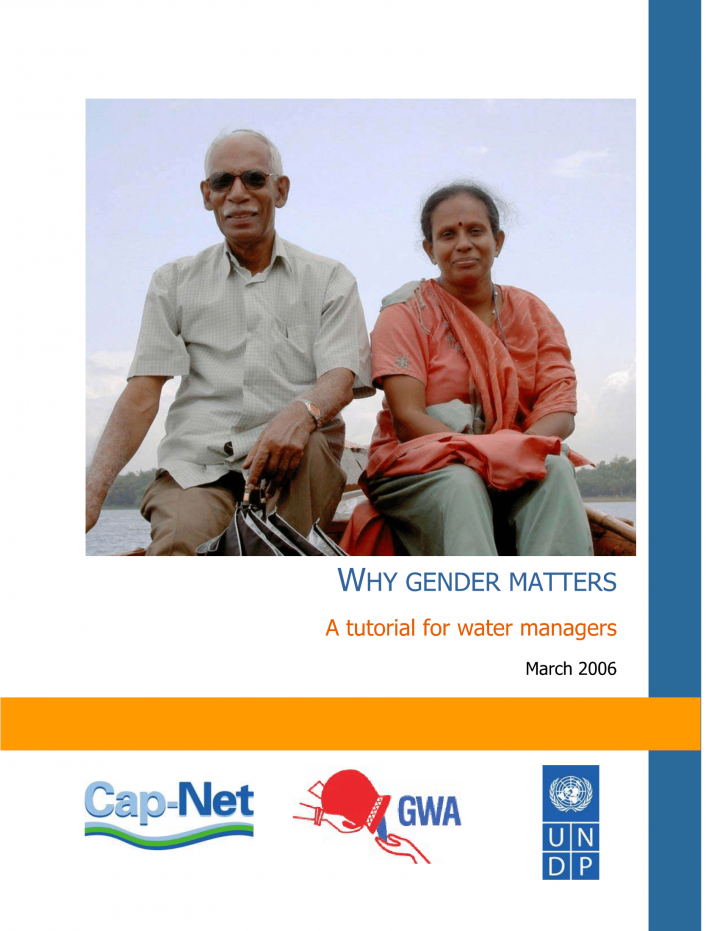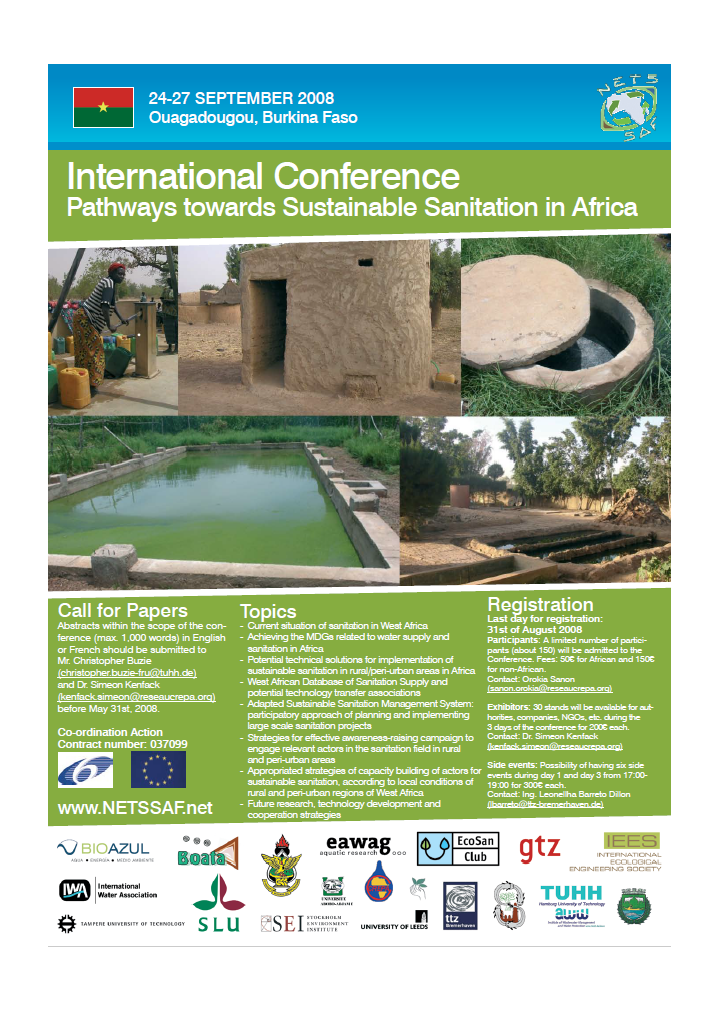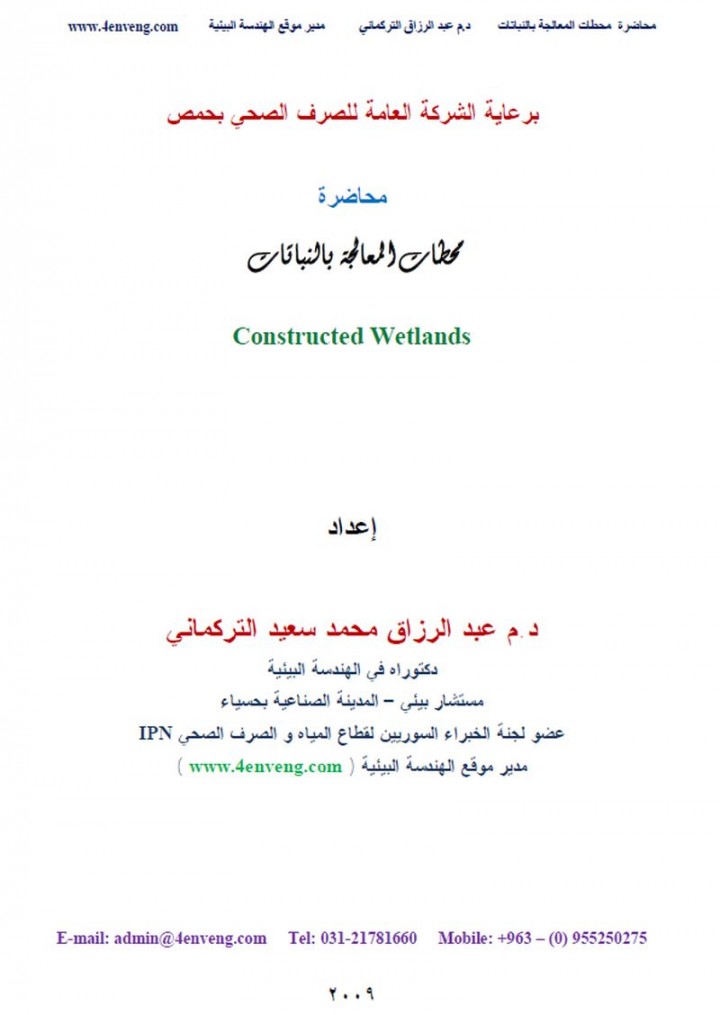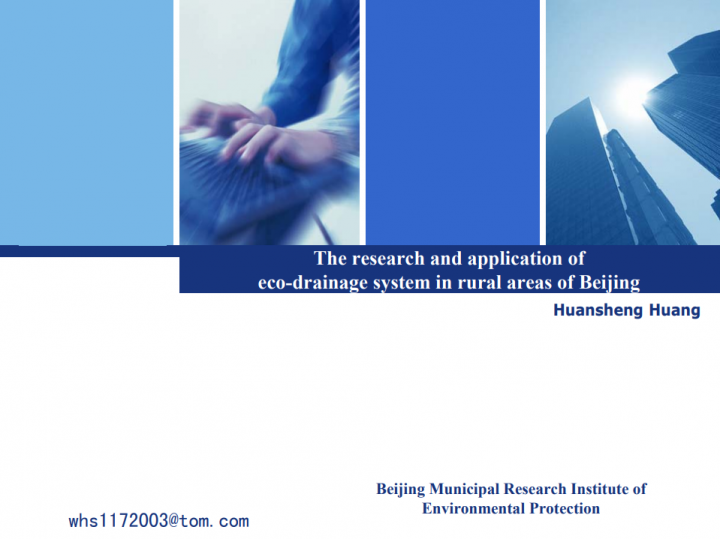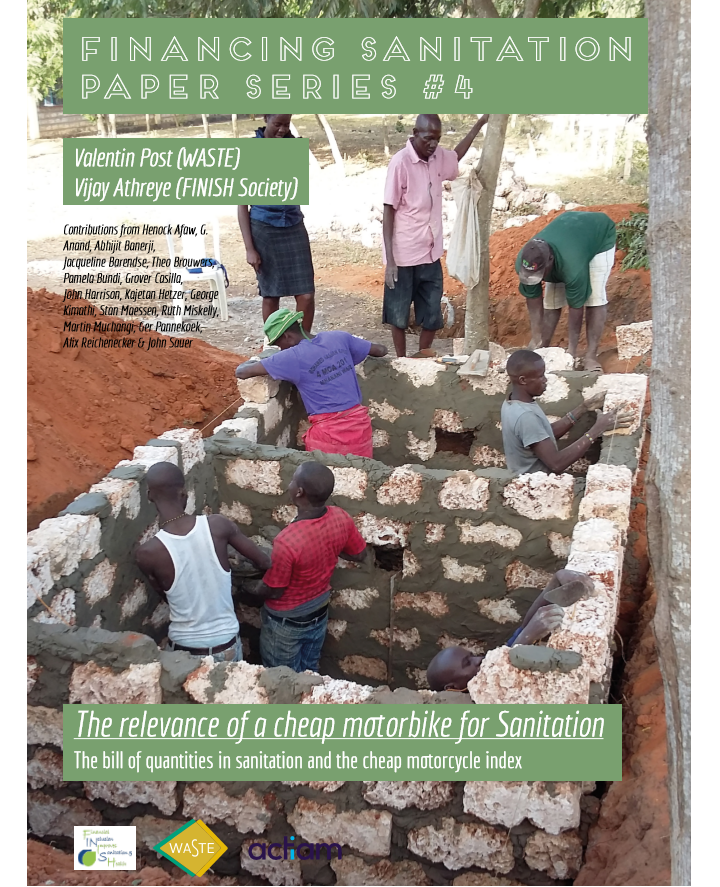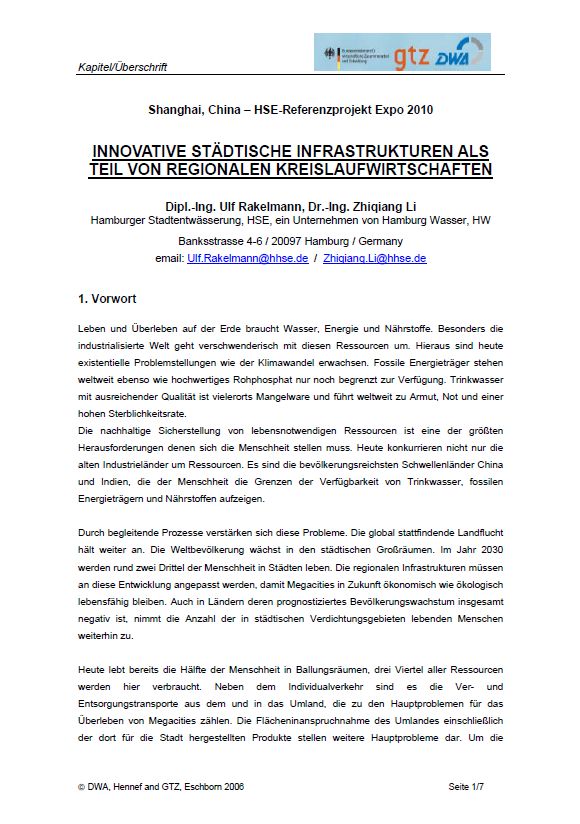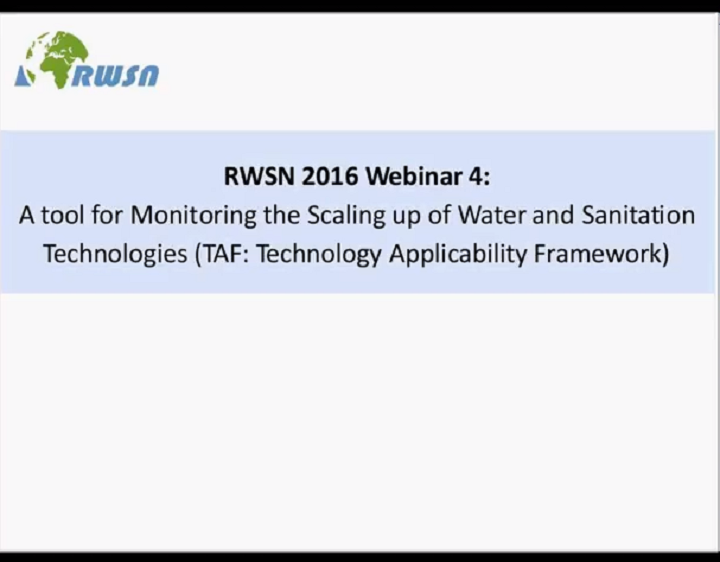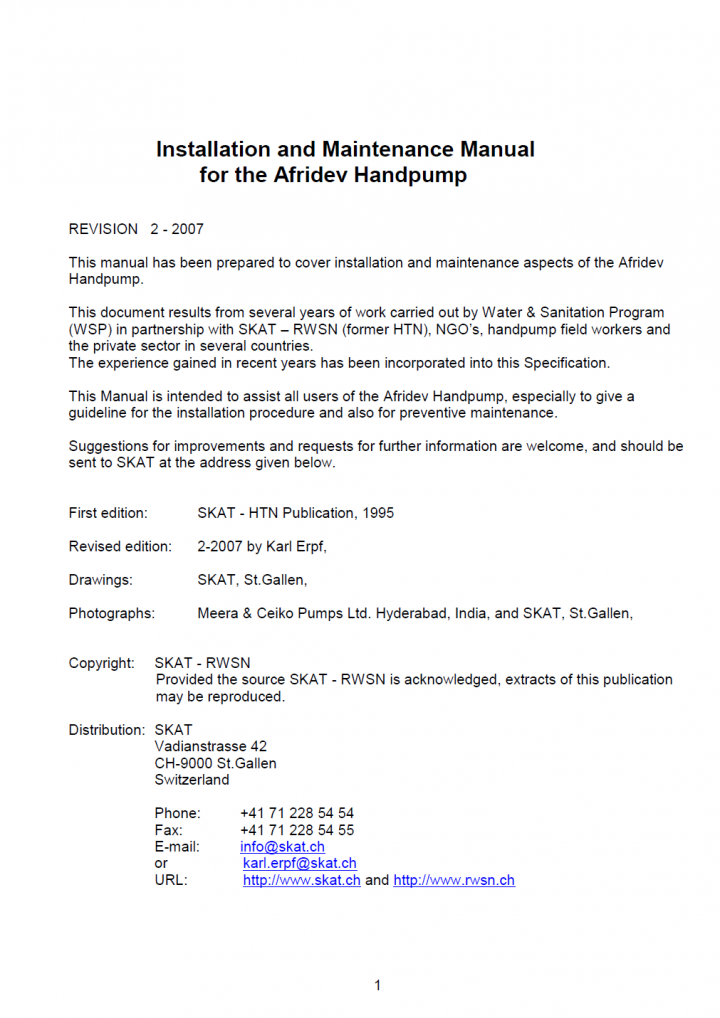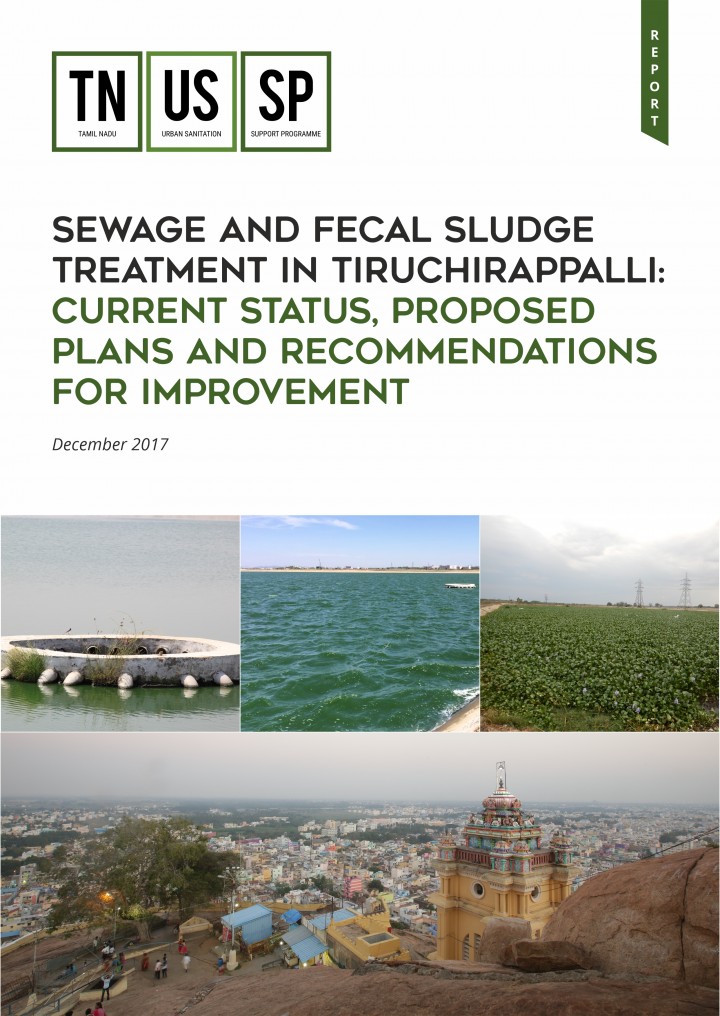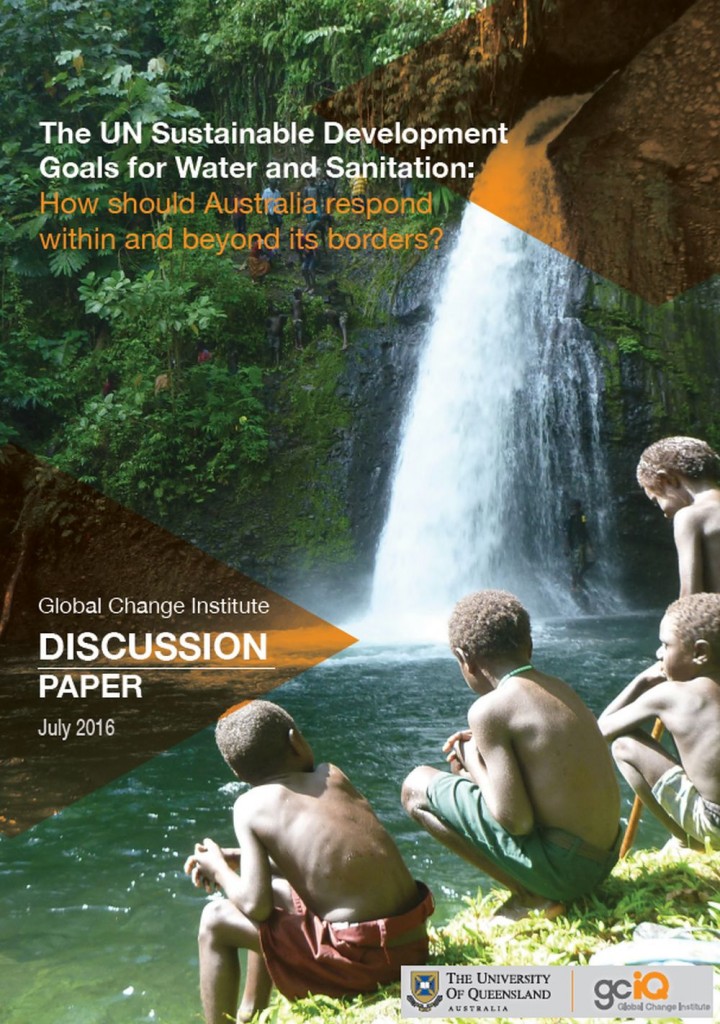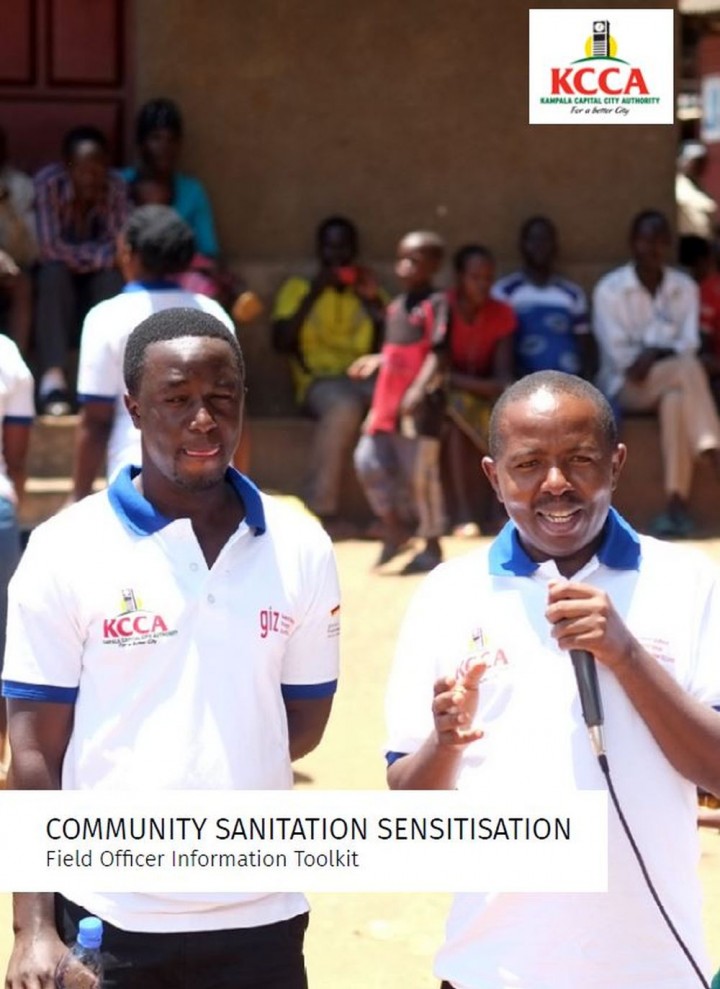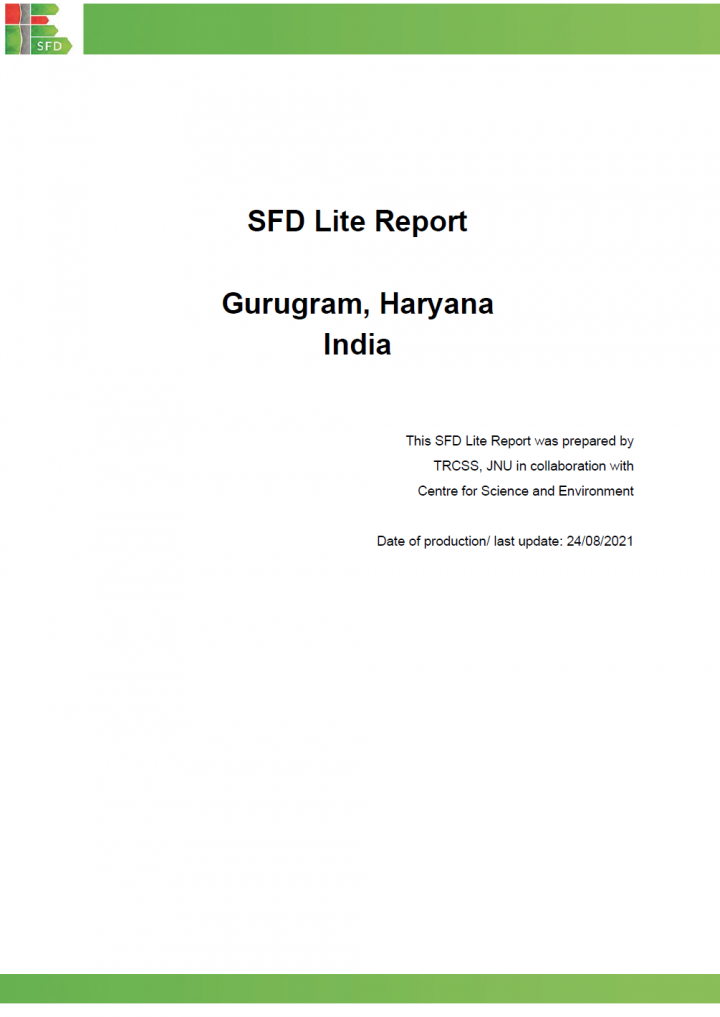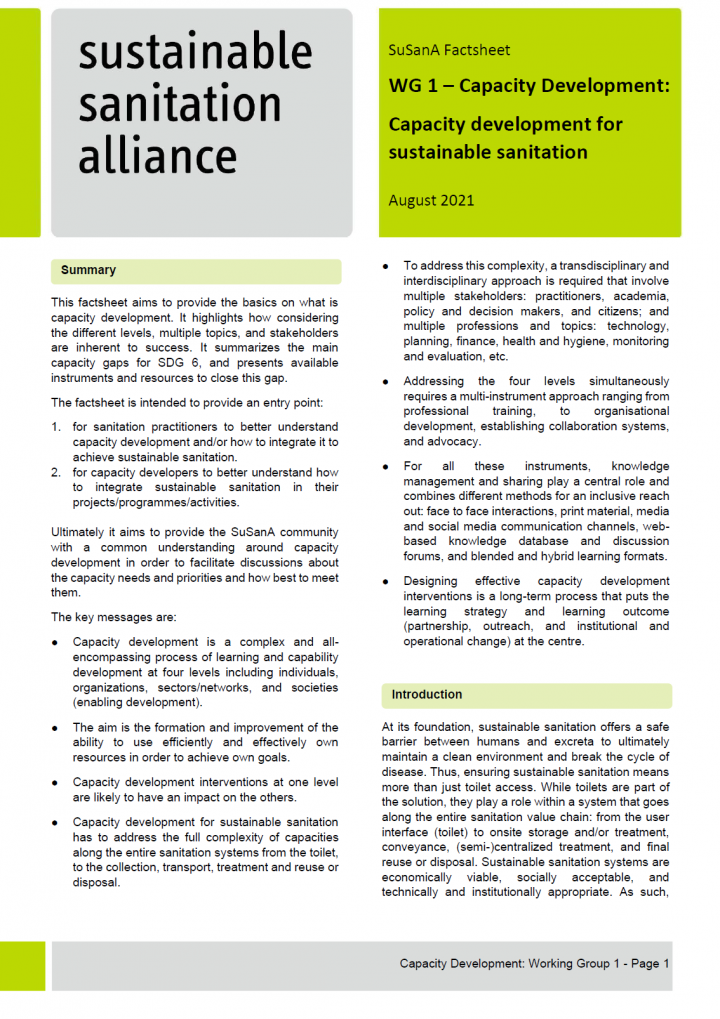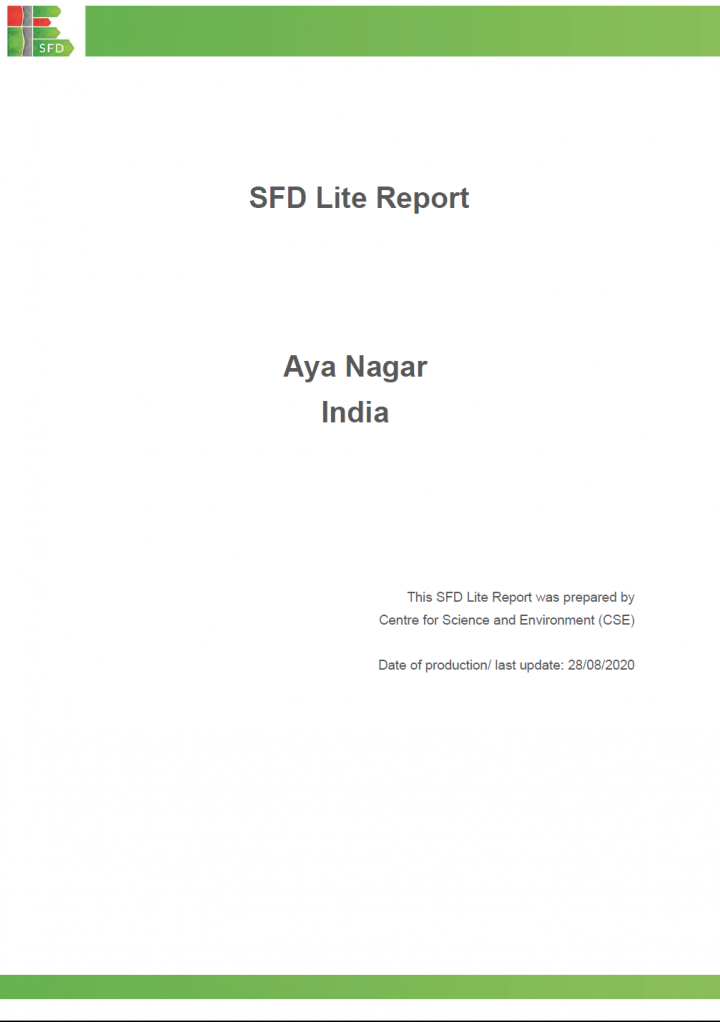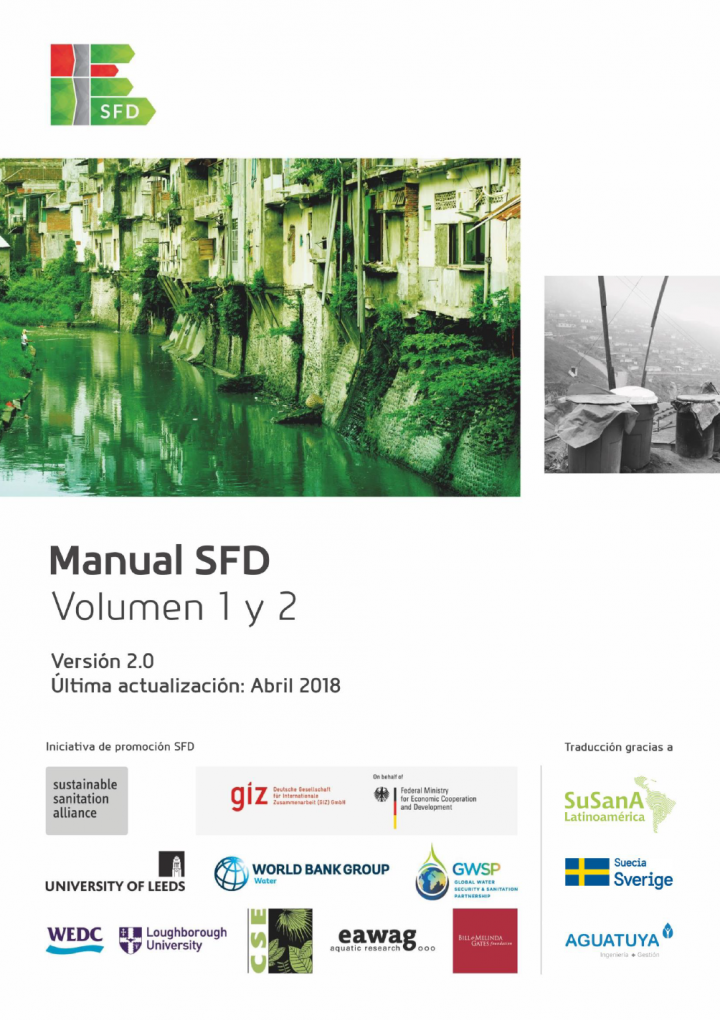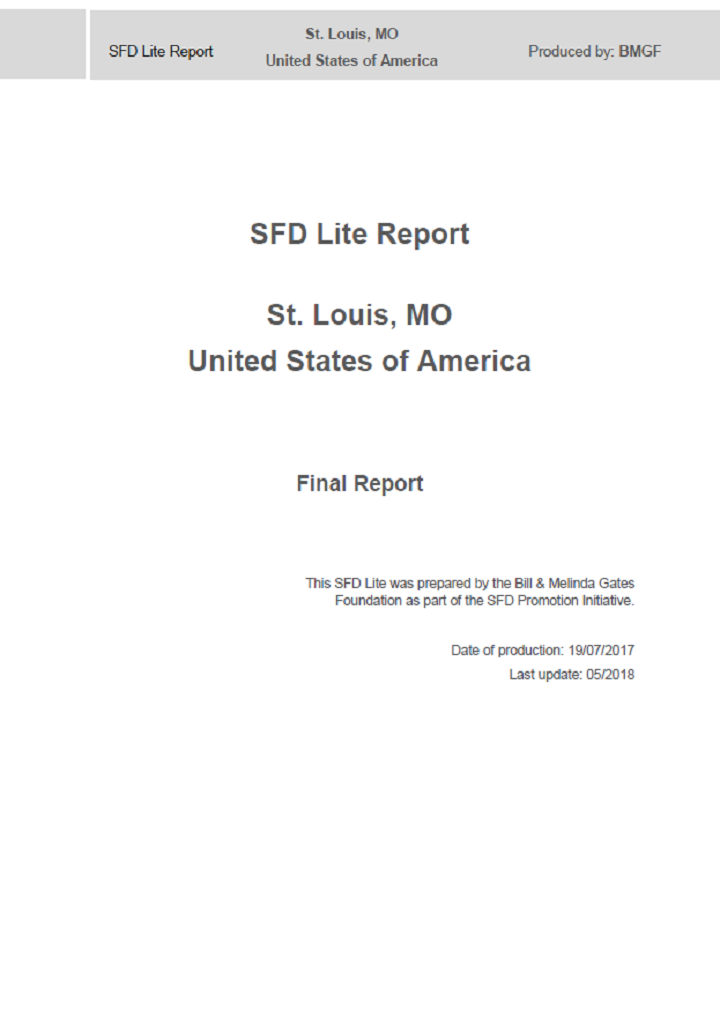Searching for information on Sanitation Workers?
The Sanitation Workers Knowledge + Learning Hub is the best source for all current news, trends, articles and updates on sanitation workers rights around the world.
The city of Gangaghat is located 83 km south west from Lucknow, the state capital. The population of the city is 84,072 (data from 2011) with a population density of 17,122 persons per sq.km.
It was found that there is no sewerage network and the entire population is dependent on Onsite Sanitation Systems (OSS). Septic tank connected to open drain is used by 70% population, 14% practice open …
The handbook includes activities for mobilizing trainees, preparing and conducting training sessions and the layout of training topics. Because of the way it is written, the ToTs or others who may be less experienced in workshop presentation may see this as an opportunity to develop new skills. This particular guide addresses some aspects of trainer preparation but focuses on the content and its …
The purpose of this document is to provide practical guidance in preparedness, assessment, program design, implementation and monitoring related to Market-Based Programming (MBP) in humanitarian WASH assistance, and more specifically on:
• How to identify linkages between markets and WASH services & goods;
• How market based programming can complement and improve WASH programming;
• …
This tutorial is primarily aimed at those people interested in or responsible for managing water resources. We wanted to show how addressing gender will improve efficiency of water use and environmental sustainability. A gender approach will also improve social benefits and equity from use of our water resources.
Reusso is a practical magazine that summarizes the knowledge and experience developed in ecological sanitation in various Bolivian institutions that make up the Decentralized Knowledge NODE on Sustainable Sanitation. It is a tool for the dissemination of Sustainable Sanitation Node Project as a Platform of Decentralized Knowledge Generation and Impact on Sustainable Solutions, funded by the …
The International Conference titled "Pathways towards Sustainable Sanitation in Africa" constitutes the most relevant event held under the project NETSSAF "Network for the development of Sustainable Sanitation in Africa", a Coordination Action supported by the European Union under the Sixth Framework Programme (FP6). A well prepared team organised this event successfully which was celebrated in …
Project implementers, practitioners and researchers within the areas of urban and rural ecological and sustainable sanitation, organic waste management and agricultural reuse participated in the International Conference on Sustainable Sanitation on 26-29 August 2007 in Dongsheng, China in order to share experiences and best practices. The presentations of this conference are available as PDF on …
The implications of direct nutrition interventions on women’s nutrition, birth outcome and stunting rates in children in SouthAsia are indisputable and well documented. In the last decade, a number of studies present evidence of the role of non-nutritional factors impacting on women’s nutrition, birth outcome, caring practices and nutritional status of children. The implications of various …
In the world of sanitation, cost is often mentioned as important though seldom scrutinized. Perhaps strange is one considers that cost is one of the main reported reasons for people not having a toilet. Reducing costs while maintaining quality is a key driver of WASTE’s sanitation programmes. Yet even in our own programmes it is notoriously difficult to compare costs of sanitation systems …
This manual has been prepared to cover installation and maintenance aspects of the Afridev
Handpump. This document results from several years of work carried out by Water & Sanitation Program
(WSP) in partnership with SKAT – RWSN (former HTN), NGO’s, handpump field workers and
the private sector in several countries. The experience gained in recent years has been incorporated into this …
An assessment of the coverage of sewerage network and effectiveness of the Panjapur Sewage Treatment Plant (STP) in Tiruchirappalli for safe treatment and disposal of sewage and fecal sludge for existing and future loads was carried out. The implications of the proposed extension of the sewer network were studied, with respect to the existing and proposed sewage treatment facilities. …
130 WASHaLOTs placed in public schools, health care facilities, district offices and other public institutions in Kampala and West Nile (Uganda).
In a participatory process, a technology implemented as a pilot is assessed through the perspective of three key stakeholder groups engaged with the implementation of the technology: user/buyer, producer/provider and regulator/ investor/facilitator. …
When cholera strikes in a low-income country, the rapid construction and successful operation of specialist cholera treatment centres (CTC) by medical NGOs can significantly reduce the mortality rate. Such has been the case in Haiti. Since cholera struck the eastern part of the island of Hispaniola in October 2010, in the aftermath of a devastating earthquake ten months earlier, Médecins Sans …
Australia is positioned next to south-east Asia, where one billion people lack access to adequate sanitation facilities. Only half the population in the Pacific Island countries have access to such facilities, while poor hygiene and unsanitary living conditions have contributed to children in remote Australian Aboriginal communities experiencing a higher rate of common infectious diseases than in …
Gurugram, located 30 kilometres (km) southwest of the national capital of New Delhi, etymologically traces its roots to the ancient legend of Guru Dronacharya (Figure 2). The city is located at 28o 7’21” N and 77o 1’44” E with a mean elevation of 217 m above sea level. While there are no perennial rivers in the city, smaller seasonal streams drain the city which have been concretized as …
This factsheet aims to provide the basics on what is capacity development. It highlights how considering the different levels, multiple topics, and stakeholders are inherent to success. It summarizes the main capacity gaps for SDG 6, and presents available instruments and resources to close this gap.
The factsheet is intended to provide an entry point:
1. for sanitation practitioners to …
Aya Nagar is situated on the Southwestern edge of Delhi. It is the last village of Delhi on the Mehrauli Gurgaon Road which connects South Delhi with the rapidly urbanizing city of Gurgaon in the adjoining state of Haryana. The settlement is bound by government campuses, the Aravali Hills and ravines formed by an ancient river course, now dry. It is one of the few villages in Delhi which has …
The rapidly growing and small floating aquatic plants of the botanical family of Lemnaceae are capable of accumulating nutrients and minerals from wastewater. The latter are finally removed from the system as the plants are harvested from the pond surface. Because of their comparatively high productivity and nutritional value, particularly their high content of valuable protein, they provide an …
An excreta flow diagram (also often described as shit flow diagram, SFD) presents a clear picture of the outcome arising from wastewater and faecal sludge management practices and services in a city or town. This is expressed in terms of the percentage of the population. An accompanying report describes the service delivery context of the city or town.
The City of St. Louis is located within the state of Missouri, USA. Built along the Mississippi River, it borders St. Louis County but is not a part of it. The Metropolitan St. Louis Sewer District (MSD) serves the City of St. Louis and 90% of St. Louis County, equivalent to a total of 1.3 million people. It is estimated that 90% of fecal sludge and wastewater is treated and safely managed, while …


